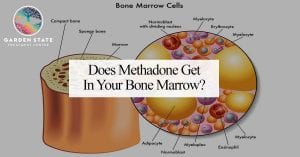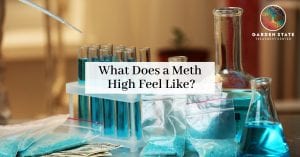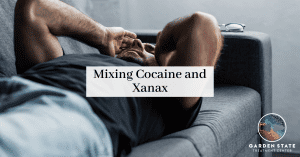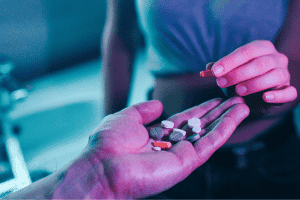
Tag: Alcoholism
Alcoholism is, broadly, any drinking of alcohol that results in significant mental or physical health problems.


What Does Valium Feel Like?

Can I Snort Ativan?

Drug Rehab Programs for MTA Employees

Can You Inject Benzodiazepines?

Does Methadone Get In Your Bone Marrow?

Why is Staying Sober So Difficult?

What Does a Meth High Feel Like?

Mixing Cocaine and Xanax

When Addicted Loved Ones Ask for Money

Should I Go to NA or AA Meetings?

HALT

Brad Pitt Opens Up About His Alcoholism

What is the Calvin Klein Club Drug?




